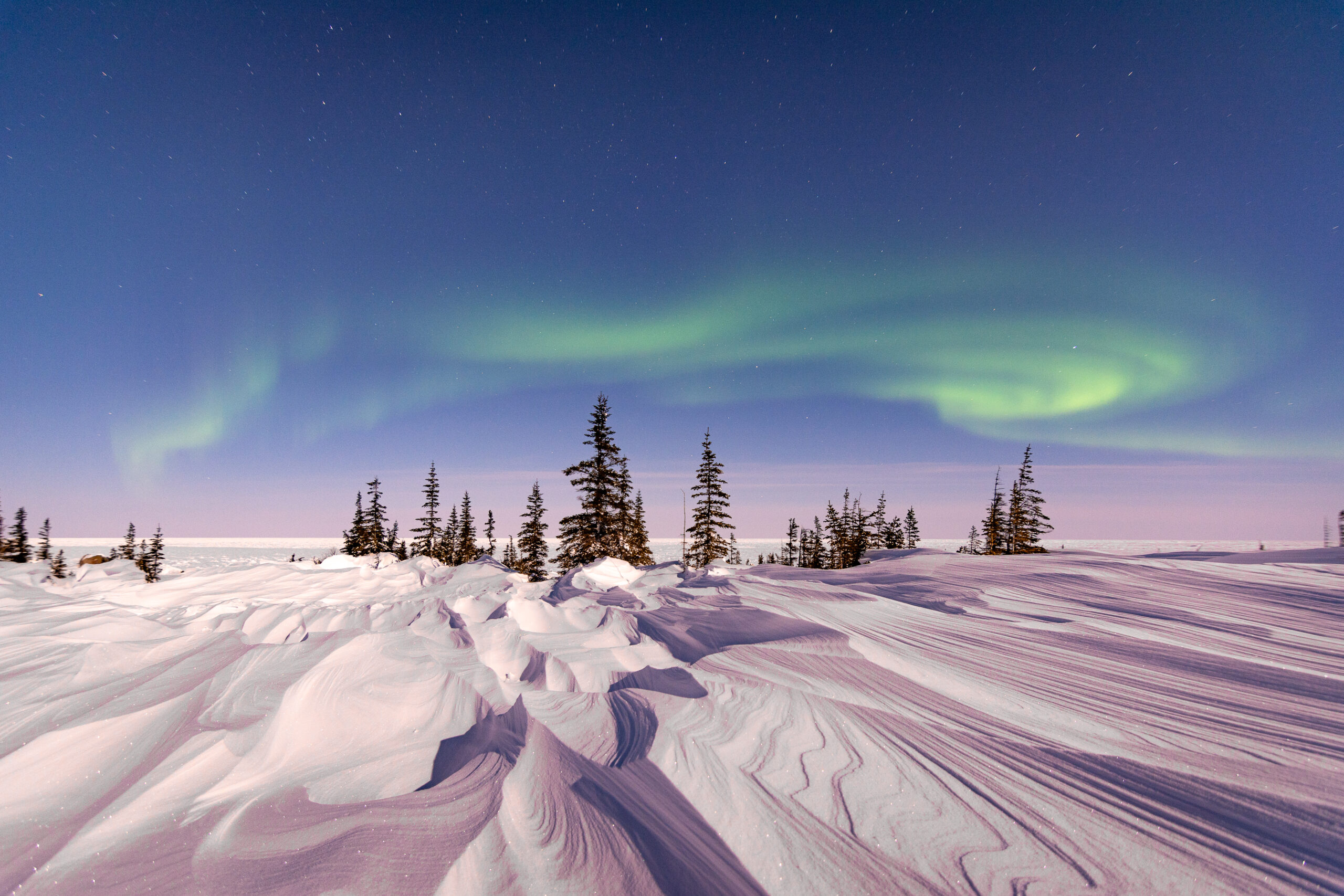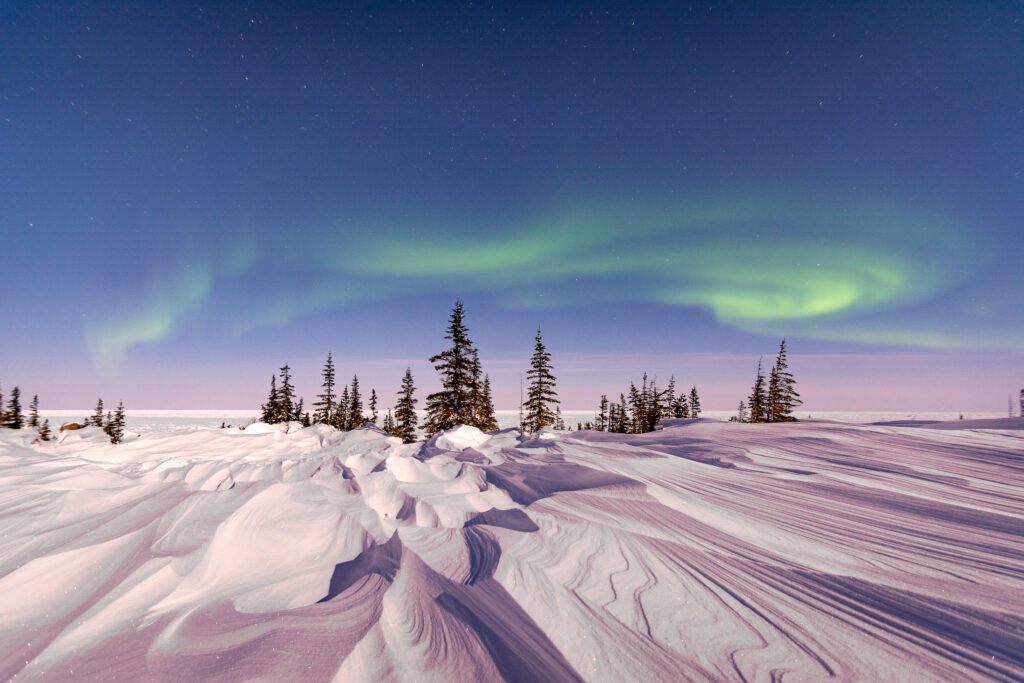The Northern Lights, or Aurora Borealis, are a dazzling display of colors dancing across the sky. This natural phenomenon captures the imagination and draws many to brave the cold for a glimpse of its beauty. Let’s find out what actually causes them.

The Science Behind the Aurora Borealis
At the heart of this celestial ballet are charged particles from the sun. These particles hurtle towards Earth, driven by solar winds. Upon reaching our planet, they collide with gasses like oxygen and nitrogen in the atmosphere.
This collision energizes the atmospheric gasses, which then release light, creating the colorful spectacle we see. Each color signifies a different type of gas reacting; for example, oxygen emits green and red hues, while nitrogen produces blue and purple.
Earth’s Magnetic Field: The Conductor
Earth’s magnetic field plays a crucial role in where and how the Northern Lights appear. Acting like a cosmic conductor, it guides the charged solar particles towards the poles. This is because the magnetic field is strongest at the poles, creating an ideal stage for the lights.
The intensity and movement of the auroras are influenced by fluctuations in this magnetic field, which is why they are more visible during periods of strong solar activity.
The Role of Solar Activity
Solar activity, which peaks every 11 years or so, dictates the frequency and intensity of the Northern Lights. During solar maximum, the sun emits more solar flares and coronal mass ejections, sending a greater number of charged particles towards Earth.
These events enhance the chances of witnessing a vivid auroral display, making places like Iceland, Norway, and Alaska popular destinations for aurora chasers during these peak phases.
Viewing the Northern Lights
The experience of watching the Northern Lights is best during the winter months in high-latitude regions near the Arctic and Antarctic. Long, dark nights and clear skies provide the perfect backdrop for the lights.
Local weather conditions and the phase of the moon also affect visibility—darker skies mean a better show. Many enthusiasts plan their trips around new moon phases to escape the light pollution and maximize their chances of a breathtaking view.







